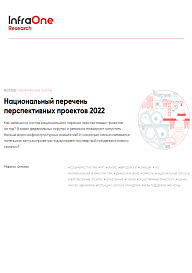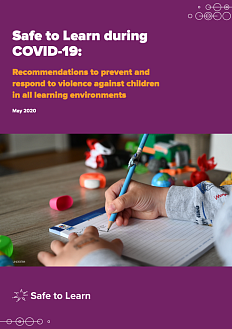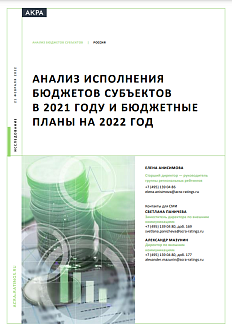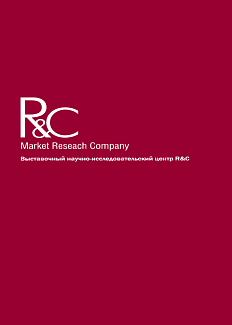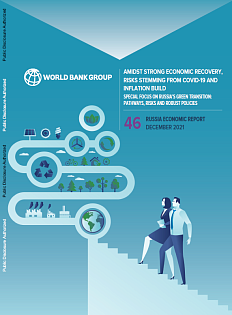In this publication InfraOne Research examines infrastructure projects from the National Infrastructure Projects Pipeline in the context of the current geopolitical and economic instability, the restrictions and the sanctions, and the repercussions of the pandemic.
The Roscongress Foundation presents the salient points of the publication accompanied by fragments of broadcasts of relevant panel discussions from the business programme of international events held by the Roscongress Foundation.
More than two-thirds of the National Infrastructure Projects Pipeline have changed.
Compared to May 2021, as few as 29 initiatives still remain in the list. At the same time, total investments in top 100 projects increased by 76.2% to RUB 2.07 trillion. The end of the acute phase of the coronacrisis and the launch of new industry support measures served as the determining factors for the emergence of a large number of projects which are to be implemented in one of the public private partnership formats. According to InfraOne Research estimates, total investments in new projects may exceed RUB 1.28 trillion.
Social sphere is still leading by the number of initiatives in the top 100 with 37 projects worth RUB 619.4 billion in total. Although the number of such projects has decreased since May 2021 when there were 47 projects collectively worth RUB 220.9 billion in the pipeline, the share of the social sector in total investments has increased from 18.8% to 30%. In the transport sector, there is an opposite trend. While the number of initiatives has increased from 23 to 34, the percentage of the transport sector in total investments in the top 100 projects has declined by 4.1 pp to slightly below 60%. In absolute terms, investments in transportation projects have grown from RUB 748.3 billion to over RUB 1.24 trillion over the past year.
The majority of the projects in the national pipeline are to be implemented as concessions.
There are 89 such initiatives currently in the top 100 projects, collectively worth RUB 1.68 trillion. Meanwhile, the authors of the report expect that a large number of offset contracts will appear on the market in the nearest 6 to 12 months due to recent amendments in the relevant legislation which lower the minimal investment threshold from RUB 1 billion to RUB 100 million and allow offset contracts between regions. On the whole, however, as the authors remark, investors and the authorities will still prefer concession agreements as the format for the initiatives from the national pipeline.
Importantly, the average launching potential for projects in the national pipeline has increased from 3.3 to 3.8 points over the past year (the higher the score the closer the project is to launching). This is due, first, to a growth in the number of projects with the launching potential of 2.5 to 4.5 points, and second, to a decrease in the number of initiatives with low scores (1 to 2.5 points). Such changes in the national pipeline are caused by the fact that projects which started to be prepared during the pandemic have now entered the market, and also by the fact that it is now allowed to conclude agreements without tender in some sectors (first and foremost, in education).
The authors point out that apart from the repercussions of the pandemic, the projects in the national pipeline are now affected by large-scale external economic restrictions. Now, the authorities and potential investors have to consider an even greater number of risks which can hinder the implementation of the projects. The authors estimate that the sanctions can affect the launching potential of over one-third of projects in the pipeline collectively worth RUB 1.14 trillion, which makes nearly 55% of total investments in top 100 initiatives this year.
The Far Eastern Federal District is leading by the number of projects in top 100 this year.
There are 21 projects in this region with total investments of RUB 384 billion. At the same time, Privolzhsky Federal District takes the first place by investment volume. Last year, this region ranked fourth among macroregions. Now, 20 initiatives collectively worth RUB 465 billion are planned for launching in this district. In 2022, the projects are less evenly distributed across the territory of the country, with 54 projects with total investments of RUB 1.29 trillion (over 62% of total investments in top 100 projects) located in three federal districts, namely Privolzhsky Federal District, Northwestern Federal District, and Far Eastern Federal District.
Gain more insights about economic development and infrastructure in Russia’s regions and in the country as a whole, and also about possible ways to stabilize the economy during the pandemic and afterwards in the Economic progress, Infrastructure-based development, Regional Policies, and StayHomeEconomy sections of the Roscongress Information and Analytical System.


